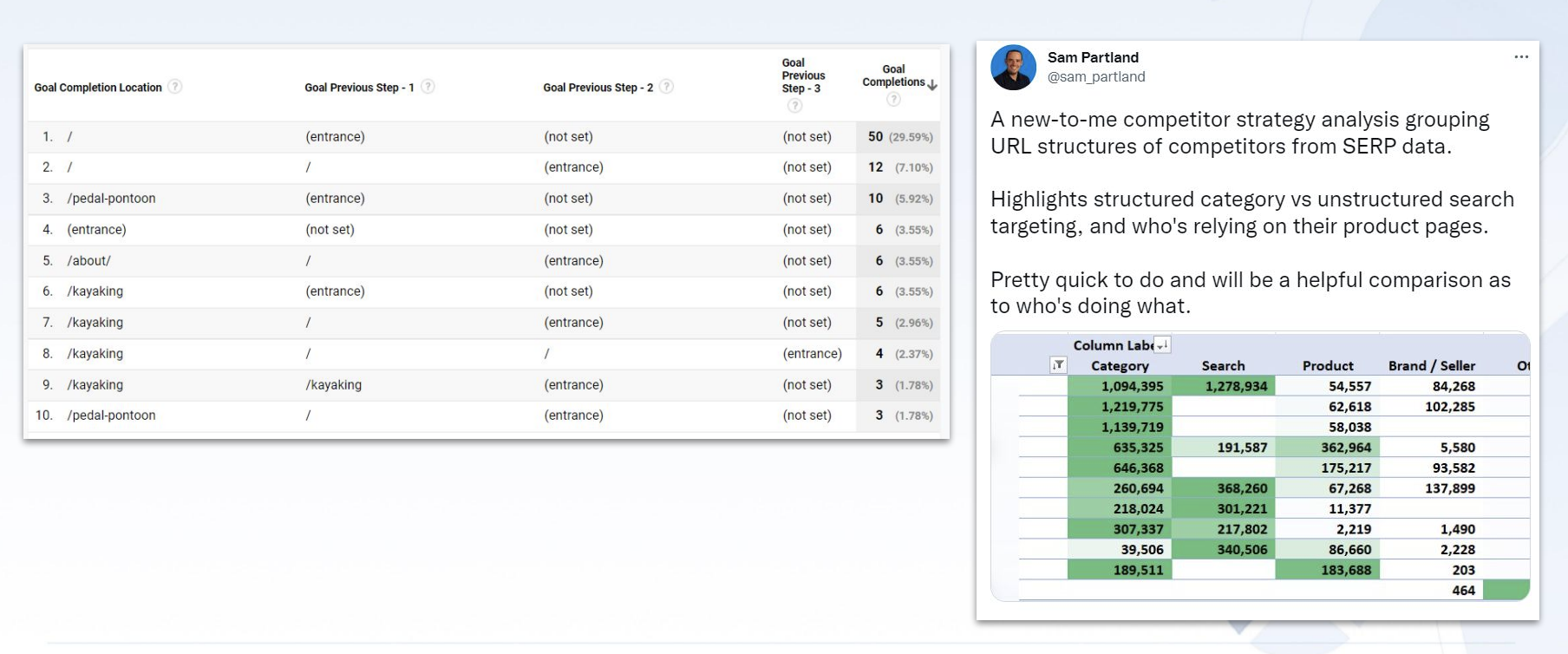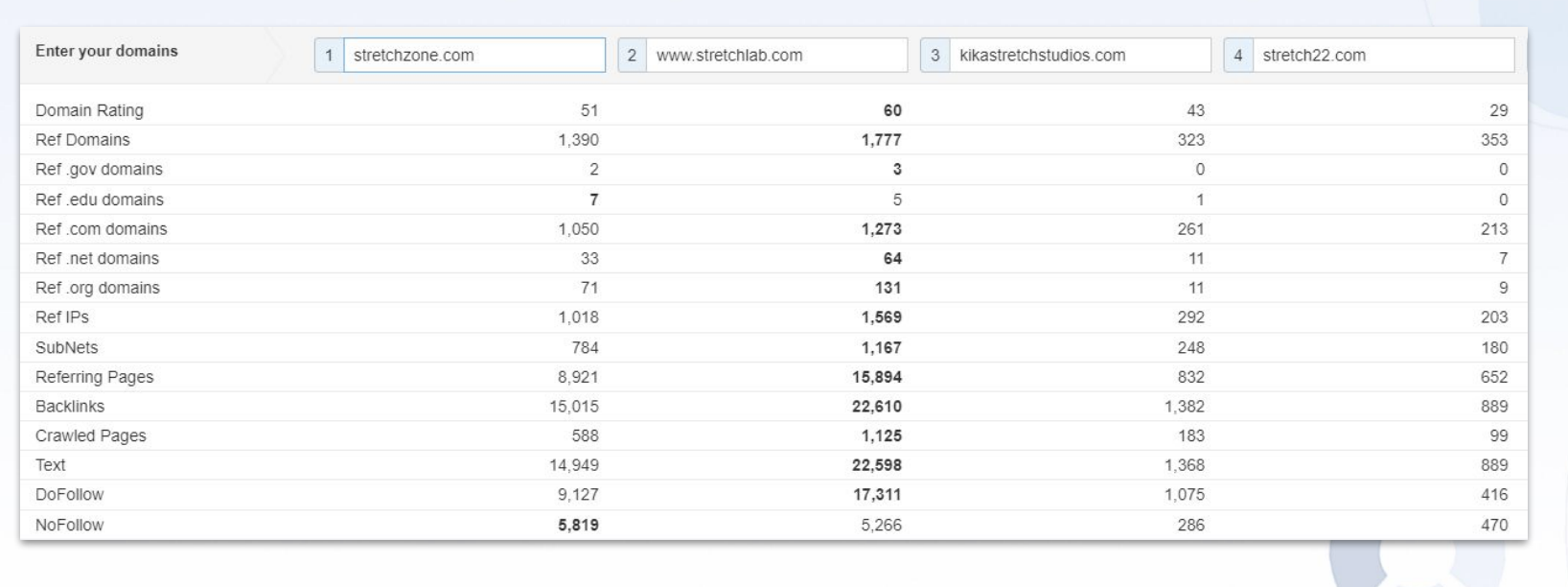When it comes to content marketing, finding writers and producing content is easy.
But creating quality content that hits your business KPIs? Well, that’s something else entirely.
Suppose you want to succeed as a digital marketer. In that case, the key is to establish an effective content strategy as your foundation.
The right content strategy can help you outrank your competition and achieve your goals.
On November 16, I moderated a webinar with Sabrina Hipps, VP of Client Success, and Jeremy Rivera, Director of Content Analysis at CopyPress.
Hipps and Rivera provided critical content insights, practical knowledge, and hands-on techniques that are fully compliant with Google’s policies and highly relevant to the recent helpful content and core algorithm updates.
Here is a summary of the webinar. To access the entire presentation, complete the form.
Key Takeaways
- Take a fearless inventory of existing content and review its ability to provide a satisfactory answer for searchers. At larger companies with established volumes of content, it’s helpful to do this by category.
- Identify topics that are opportunity areas.
- Brainstorm pain points and problems that need to be solved. Ask your experts what should be used to create a list of new articles.
- Leverage SEO data for People Also Ask (PAAs), featured snippets, and relevant groupings of keywords. This can be used to fuel new articles or revise existing content.
- Utilize your content analysis tool for deeper insights.
[Start analyzing your content & win] Instantly access the webinar →
How To Craft A Winning Content Strategy
Crafting content that wins involves:
- Identifying content that works for you.
- Quantifying the quality of your current content.
- Determining if your content is authoritative as well as relevant.
- Identifying winning competitor content topics.
- Organizing a content strategy to audit/clean up existing content.
- Prioritizing and scheduling new, high-quality, authoritative content based on findings.
As you prepare for next year with your overall content strategies, you’ll want to start with goals.
So, let’s dive in!
Step 1: Gather Your Own Ranking Data
Start by performing a gap analysis of your own content.
Doing a practical gap analysis that gives you true insights requires different data sources.
So, begin by gathering data from:
- Google Analytics.
- Search Console.
- Your 3rd-party SEO data tool.
Use the outcomes of this data for step 2.
[Get detailed instructions] Instantly access the webinar →
Step 2: Qualify Your Content & Ranking Data
Now, to expand your strategies beyond the data, you’ll need to look at two different sides of your outcome:
- Your valuable content.
- Sections of your site that people navigate to most often.
 CopyPress, November 2022
CopyPress, November 2022
These numbers can help inform your strategies, but first, you’ll need to take the next step.
Step 3: Quantify Your Content Quality
Take a moment to critically read your content.
Then, instead of creating additional using the same techniques that may be harming you, such as walls of text, consider the questions people are searching for and the answers they want.
To create higher-quality content, stop and ask what is the question you’re trying to answer – and did you respond to it effectively?
The intent of that query is going to inform your content.
Step 4: Identify Competitors
Next, it’s time to see what your competitors are ranking for that you aren’t.
Is there anything you’re writing about that’s not hitting the mark?
Start by looking at your three kinds of competitors:
- Direct competitors.
- Indirect competitors.
- Search competitors.
Once you know who your competitors are, it’s time to perform a keyword gap analysis.
[Get the keyword gap analysis process steps, now] Instantly access the webinar →
Step 5: Group Your Gap Keywords Into Topics
Focus on search visibility through a competitor keyword gap analysis.
List the words and phrases that multiple competitor sites currently rank for and that your site underperforms for.
Note that gap analysis is different from competitive analysis.
[Watch this step in action] Instantly access the webinar →
Step 6: Identify The Link Gap Between You & Your Competitors
Start by making a competitive domain comparison, as shown below.
 CopyPress, November 2022
CopyPress, November 2022
You want to see how many referring domains you have compared to your top competitors.
This can help you understand the budget behind your competitors. If you’re a small outfit trying to compete for some of these terms and phrases, you need to know how much work you’ll have to do to build links to these articles.
Step 7: Supplement With Human Insights
Now, you’ll complete your research by mapping the data to your actual target audience.
When you identify people’s pain points, you will be able to create content that eases your audience’s problems.
You’ll also find that tapping Subject Matter Experts is valuable in creating so much more helpful content.
Step 8: Justify Your Campaign With SEO ROI
Estimate the potential return on investment for a campaign by calculating your potential ROI.
[Discover how to calculate ROI] Instantly access the webinar →
Make sure you have conversion data available because you’ll take the keywords you’ve found and look at their search volume for this step.
 CopyPress, November 2022
CopyPress, November 2022
[Slides] How To Analyze Your Content & Craft A Winning Strategy In 2023
Here’s the presentation:
Join Us For Our Next Webinar!
Is Social Media Search The New Google? How To Boost Organic Traffic In 2023
Join our next webinar with Rachel Schardt, SEO Success Manager at Conductor, and learn how you can take full advantage of social media next year.
Image Credits
Featured Image: Paulo Bobita/Search Engine Journal
